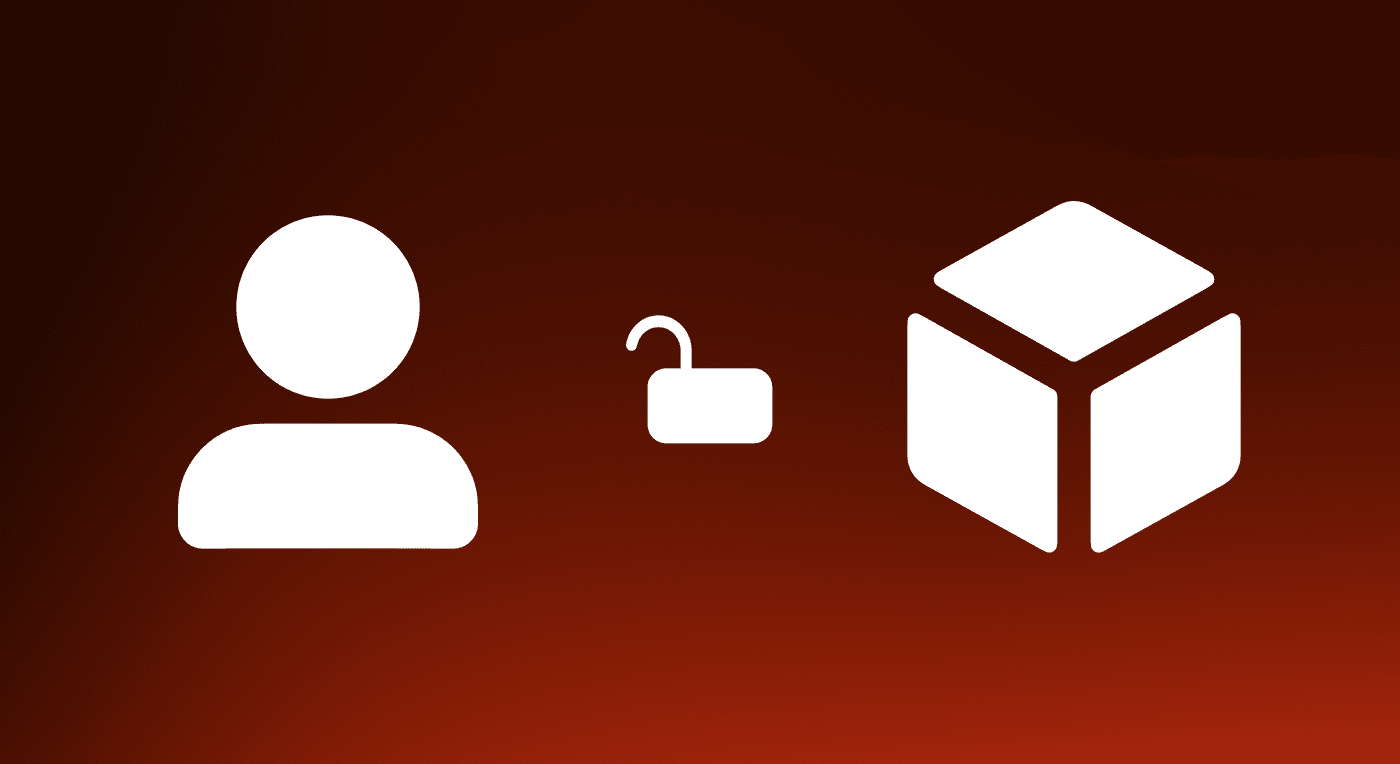
Jun 20, 2024
•
Identity Security
Least privilege security is important. But how do you actually implement it?
Least privilege security is important. But how do you actually implement it?

Umaimah Khan
CEO and Co-founder
Potential threats to digital businesses increase and evolve daily. For CISOs, safeguarding their organization's most valuable assets against these threats is a continuous uphill climb. As data breaches continue to occur, some causing significant financial and reputational damage, robust cybersecurity has emerged as a top priority.
One fundamental approach that every CISO should consider is implementing a least privilege security model.
What is the Concept of Least Privilege Security?
The central tenet of the least privilege model is simple but effective: systems and individuals should have access to only the resources they need, and only when they need it. At first this may seem intuitive, but to actually implement a least privilege model requires careful planning and execution. By removing unnecessary access and permissions across your systems, you significantly reduce your organization's attack surface and reduce the risk of privilege escalation — which is a common tactic used by attackers in almost every major security incident.
Why is Least Privilege Important?
Breaches are no longer uncommon; it's not a matter of if your organization will face an attack, but when. After a breach occurs, investigations often reveal that the attacker was able to use and exploit excessive privileges to move laterally within a network and gain unauthorized access to sensitive data. A least privilege security model enables you to proactively raise the cost and complexity of investigative malicious activity, making it much more difficult for attackers to succeed even if they manage to gain access to your network.
A least privilege model also reduces human error by limiting access to only what is necessary. This helps organizations reduce the risk of accidental misconfigurations, deletions, or modifications that could lead to security incidents or system disruptions.
A least privilege model also provides help retroactively in the event of an incident by making it easier to trace the actions of any compromised account during forensic investigations. Since the least privilege model limits account access to specific users, investigative work after an incident can start with a narrower focus and generate an assessment more quickly.
How to Implement Least Privilege
Configuring a least privilege environment involves several key steps:
Reduce the Number of Accounts. Conduct a thorough audit of your systems to identify and eliminate unnecessary accounts. Every additional account expands your attack surface, so it's vital to keep only the accounts that are essential for operational needs.
Minimize Privileges for Each Account. For accounts that remain after your audit, assign the minimum privileges necessary for each account’s owner to perform their required functions. This granular approach ensures that each account has access to only the resources it needs, reducing potential vulnerabilities. Where possible, provide access on a Just-In-Time (JIT) and time-bound basis.
Establish a Timeline. Set a clear timeline for implementing the least privilege model. Try to complete the process within one year or less. This allows for a phased approach that minimizes disruption to daily operations.
Create baselines to help calibrate over time. Creating baselines up front will help you measure your program and improvement over time. Rather than agonize over ‘perfect’ security metrics, pick something you can measure that is valuable even if not complete - such as percent of access that is permanent vs time-bound, or percent of access unused over a 30 day window.
Get Alignment and Buy-In Across Your Teams. Highlight the benefits of least privilege, such as improved compliance, reduced threat risk, and a better user experience, to ensure support from key stakeholders.
Form a “Least Privilege Council.” Create a dedicated team of business leaders and senior individual contributors to drive the implementation process and ensure progress remains on track.
Develop a Program and Architecture Document. Collaborate with senior engineering and IT staff to clearly and completely document your least privilege strategy, including a phased plan for account reduction and privilege limitation and clear milestones and deadlines to acknowledge during the process.
Provide Training and Education. Educate employees on the importance of least privilege and how it impacts their specific roles. Emphasize the idea that least privilege protects employees from being wrongly implicated in the event of a security issue. Ensure ongoing training to adapt to evolving responsibilities within the organization.
Least Privilege Implementation Challenges
A lot of times, this is all easier said than done. Organizations may face various challenges when implementing least privilege, ranging from technical challenges to organizational and political challenges, user experience challenges, and more. That’s why it’s best not to try to boil the ocean.
To successfully implement least privilege, start by identifying your crown jewels. In the context of least privilege access, “crown jewels” are an organization's most critical assets — the valuable inventory that requires the highest level of protection. This may include customer data, intellectual property, financial information, and other highly sensitive resources.
Implement least privilege on your crown jewels first. Then, once you’ve found success and mitigated any issues to user experience or the day-to-day flow of business operations, apply the same methodology one layer away from your core crown jewel (for example, systems that have access to the crown jewel). Continue to secure another layer, then another, and so on. This phased approach allows you to begin securing your most important assets without disrupting other aspects of your business.
Maintaining your Least Privilege Security Model
Embracing the least privilege model is not a one-time project; it’s an ongoing commitment to maintaining a secure and vigilant posture. By continuously monitoring your digital infrastructure for access drift, both from the perspective of users and resources, you can identify and address problems such as unused access, overly-available access to sensitive resources, and access that has been granted outside of standard processes.
As a CISO, implementing a least privilege security model is one of the most effective steps you can take to protect your organization against cyber threats that are constantly adapting. By diligently identifying your crown jewels, minimizing access and privileges, and encouraging a culture of security awareness, you can significantly reduce your company’s risk exposure and strengthen its overall state of cybersecurity readiness.
Thanks to Caleb Sima for contributing to this post.
Looking for a partner to help implement sustainable least privilege across your organization? Opal can help. Sign up for a demo.
Ready to see how Opal can help you achieve and maintain least privilege?
Customers



Copyright © 2024 Perma Security Inc DBA Opal Security | All Rights Reserved | Not affiliated with Opal Labs